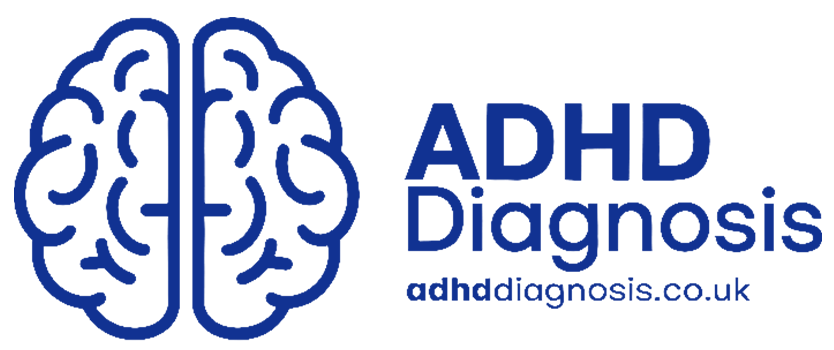In the UK, the ADHD diagnostic process is governed by national clinical guidelines, typically beginning with a referral from a general practitioner (GP). If an individual—whether a child or adult—shows persistent symptoms of inattention, impulsivity, or hyperactivity that affect daily life across settings (such as school, home, or work), the GP may refer them to a specialist. This could be a psychiatrist, clinical psychologist, or paediatrician with expertise in ADHD. Under the NHS, waiting times for an assessment can vary widely, sometimes stretching into many months or even years, depending on local demand. For those who prefer quicker results, private clinics offer comprehensive ADHD assessments for a fee.

The diagnostic process involves multiple stages. First, the clinician will gather a full history of the person’s development, behaviour patterns, and mental health. This often includes interviews with the individual and people close to them, such as parents or partners. Questionnaires like the Conners’ Rating Scales or the Adult ADHD Self-Report Scale (ASRS) are commonly used to identify symptom patterns. Importantly, the diagnosis must follow internationally recognised criteria—either the DSM-5 or ICD-11—which both require that symptoms be present for at least six months and have appeared before the age of 12, even if they were only recognised later in life.
An accurate diagnosis helps rule out other conditions that may mimic or coexist with ADHD, such as anxiety disorders, autism spectrum disorder, or depression. Once a diagnosis is confirmed, the next steps typically involve exploring treatment options, including medication, therapy, lifestyle changes, and educational or occupational support.





